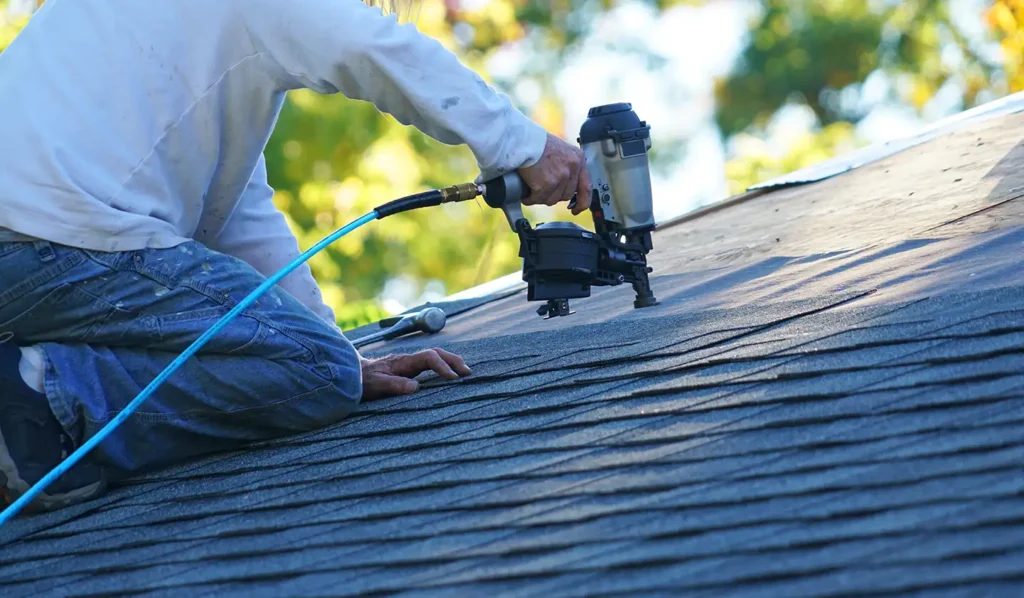A sturdy and well-maintained roof is essential for protecting your home from the elements. However, over time, roofs can develop issues that require repair. Whether it’s a small leak or damaged shingles, addressing these problems promptly can prevent further damage and save you money in the long run. Here are seven valuable roof repair tips to help you maintain the integrity of your roof.
- Conduct Regular Inspections: Regularly inspecting your roof is crucial for identifying potential problems early on. Schedule inspections at least twice a year, preferably in the spring and fall. Look for signs of damage such as cracked or missing shingles, sagging areas, or damaged flashing. By catching these issues early, you can prevent them from worsening and avoid costly repairs.
- Clear Debris: Leaves, twigs, and other debris can accumulate on your roof, leading to water pooling and potential damage. Regularly remove debris to ensure proper drainage and prevent moisture-related issues. Safely clean your roof using a sturdy ladder and appropriate safety measures.
- Replace Damaged Shingles: Damaged or missing shingles compromise the effectiveness of your roof. If you notice any cracked, curled, or dislodged shingles, replace them promptly. Start by carefully lifting the damaged shingle and removing the nails. Slide a new shingle into place and secure it with roofing nails. Ensure a tight fit to maintain a watertight barrier.
- Address Leaks Immediately: A leaky roof can cause significant damage to your home’s interior. If you notice water stains on your ceiling or walls, investigate the source of the leak. Temporarily patch the affected area using roofing cement or a waterproof sealant until you can seek professional help. Remember, addressing leaks promptly is crucial to prevent further water damage.
- Repair Flashing: Flashing is the material that seals gaps and joints on your roof, such as around chimneys, vents, and skylights. Over time, flashing can become loose or damaged, resulting in water penetration. Inspect the flashing regularly and replace it if necessary. Carefully remove the old flashing using a pry bar and install new flashing with roofing nails and a waterproof sealant.
- Trim Overhanging Branches: Overhanging branches not only pose a risk during storms but can also damage your roof over time. Trim back branches that are in close proximity to your roof to prevent them from scraping against the surface or causing impact damage. Regular pruning helps reduce the risk of falling branches and keeps your roof safe.
- Maintain Gutters and Downspouts: Clogged gutters and downspouts can lead to water backing up onto your roof, causing potential damage. Clean your gutters regularly, removing leaves, debris, and other obstructions. Ensure that downspouts are securely attached and direct water away from your home’s foundation. Proper gutter maintenance helps protect your roof and prevents water-related issues.
While these tips can help you address minor roof repairs, it’s important to remember that major repairs and roof replacements should be handled by professionals. They possess the necessary expertise and equipment to assess and fix complex roofing issues safely and effectively.
By implementing these roof repair tips and staying vigilant about maintenance, you can prolong the life of your roof and safeguard your home from potential damage. Regular inspections, timely repairs, and professional assistance when needed are the keys to maintaining a strong and durable roof for years to come.



